
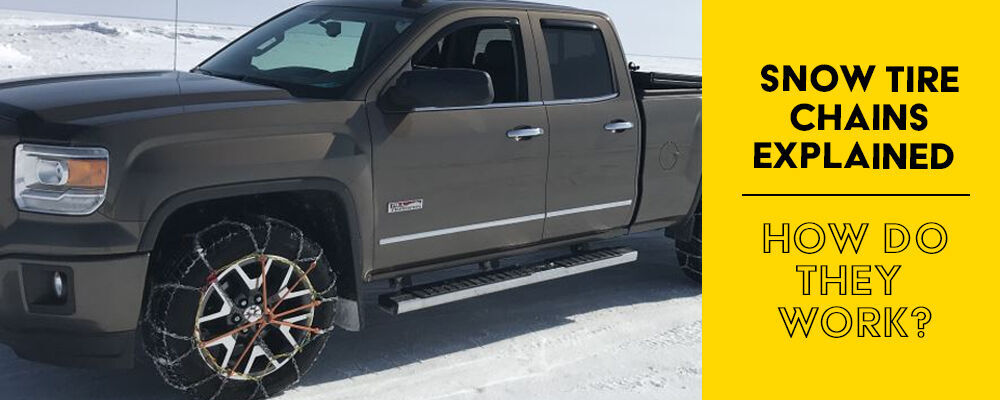
Snow Tire Chains Explained
How Tire Chains Work & When You Should Use Them
Do Tire Chains Help in Ice, Deep Snow, and Mud? How Much Are Tire Chains? Which Tires Should I Put Tire Chains On? How Do I Drive with Tire Chains? Are Tire Chains Safe? When Do I Use Tire Chains? Snow Chains vs Snow Tires (Studded and Studless) Tire Chains vs Cables
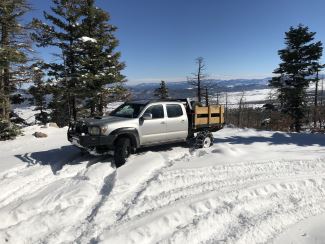
Do Tire Chains Help in Ice, Deep Snow, and Mud?
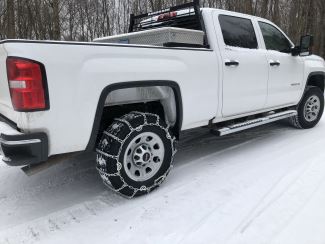
How Much Are Tire Chains?
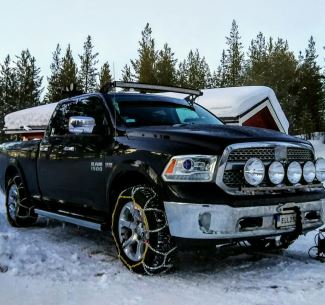
Which Tires Should I Put Tire Chains On? How Many Tire Chains Do I Need?
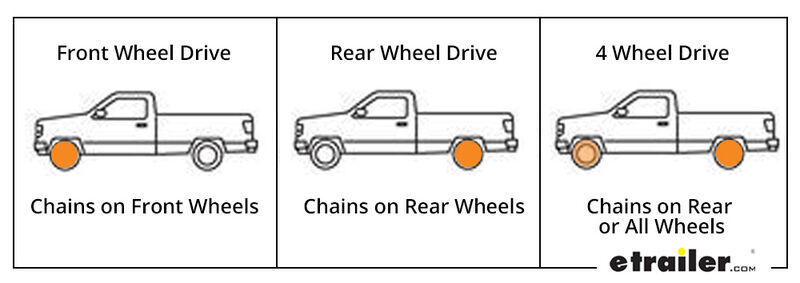
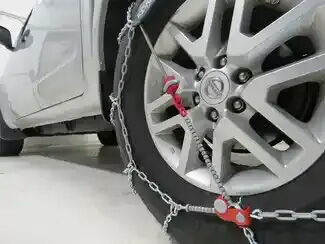
How Do I Drive with Tire Chains? Are Tire Chains Safe?
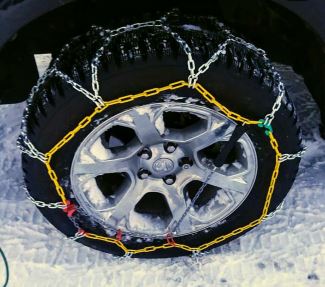
When Do I Use Tire Chains?
Is it legal in this location/during this time of year? Usually when tire chains are brought up, someone will scratch their head and wonder, "Are those legal here?" And the answer is yes, in certain circumstances. Sometimes it's actually illegal not to have them. For this reason, it's important to always check the tire chain laws for any location you'll be traveling in. Some areas outlaw chains altogether, some only allow them during certain times of year, and some outright require them. For instance, if you're planning a ski trip in the mountains, there's a good chance you'll have to keep tire chains in your car, and in fact, you may be asked to show them at one of the regular checkpoints before you'll be allowed onward. Do the road conditions call for tire chains? Tire chains get a bad rap for destroying pavement, but this is usually only a problem when you drive tire chains over dry, bare roads. Ice and deep snow will create a sufficient barrier between the chains and the road to prevent damage to the asphalt. Tire chains are particularly common in mountain territory or rural roads that don't get treated during snow storms. It bears repeating: you should never drive tire chains over bare pavement. Even if you don't care much about wrecking the road, keep in mind that you can also damage your tires, chains, and car when doing this. People who have driven with chains over the bare road usually describe it feeling like driving with square tires. So, you know, it's not like you'd enjoy the ride anyway. Is your car compatible with tire chains? Always check your owner's manual to make sure your vehicle is compatible with tire chains. Some vehicles aren't, and some are only compatible with what's called Class S Compatible chains (as designated by the SAE). These are chains designed for vehicles with limited clearance between the tire and wheel well. Tire chain restrictions are particularly common on many compact and front-wheel-drive vehicles due to their limited wheel clearance. Vehicles must have sufficient clearance around their spring clips, fenders, braces, splash pans, fuel lines, brake lines, and brake controls in order for tire chains to be used safely. It's crucial to make sure your tire chains fit your tires. The easiest way to do so is by using our fitguide.
Snow Chains vs. Snow Tires (Studded and Studless)
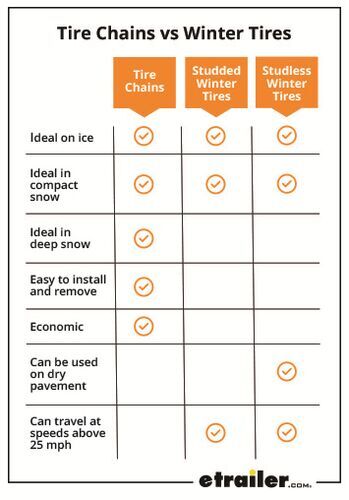
Tire Chains
Great on ice, compacted snow, and deep snow Easy to put on/remove — ideal in environments where temperatures change often More economical than snow tires
Illegal in some areas or during certain times of year Cannot be used on dry pavement Limited to speed of 25 mph Result in a clunky, uncomfortable ride
Studded Tires
Better than studless tires on ice and compacted snow — not great in deep snow Not limited to slow speeds Longer-term solution Work best in 0-32° F temperatures
Can be pricey Illegal in some areas or during certain times of year Shouldn't be used on dry pavement Can't easily install and remove them like chains
Studless Tires
Great on ice and compacted snow — not great in deep snow Won't damage dry roads (although they wear faster on dry pavement than all-season tires) Not limited to slow speeds Longer-term solution
Not as great on ice as tire chains and studded tires Can be pricey, and must have them installed
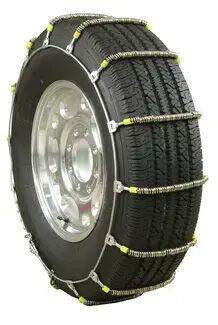
Tire Chains vs. Cables
Conclusion: Do I Need Tire Chains?

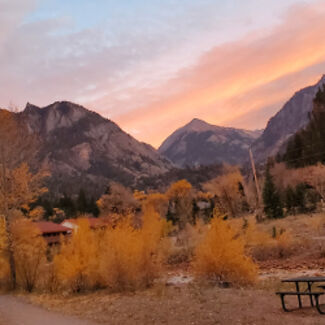
Glenn S.
1/26/2024
State laws vary I think, but if you are traveling in the winter and towing you also need to have chains for your trailer. Tandem wheels most states require only one axle to be chained. When working, I wore out several sets as I had to drive in the snow. Being retired, We'll layover until conditions improve. I never plan on using chains again, but because you never know, I always carry them during the months it might snow. But if we do happen to hit weather where chains are required, we'll lay over for a day or to nowadays.

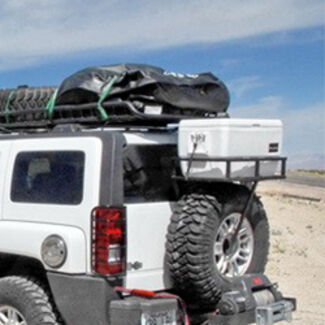
Jim C.
1/26/2024
An important point you missed on cable chains is that they are specified by some car mfrs. If your vehicle calla for "s class" traction devices, then you can only use cables

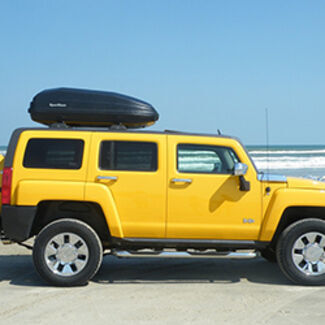
Kevin
1/26/2024
I have a class "c" rv with dually tires on the rear. Do I use chains on the tires?



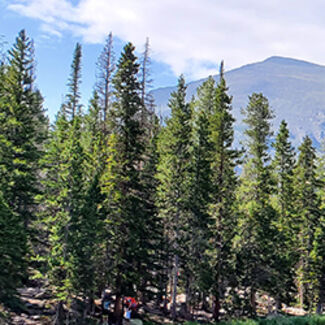
Dnl
1/26/2024
Be certain to check your states law regarding chains, especially when it comes to towing. As an example, CA, OR, and WA all have different and conflicting requirements for my Class A RV pulling a JKU.

Departments
Towing
- Trailer Hitch
- Fifth Wheel
- Gooseneck
- Towing a Vehicle
- Front Hitch
- RV Hitch
- ATV Hitch
- HD Truck Hitch
- Vehicle Wiring
- Brake Controller
- Ball Mounts
- Weight Distribution
Sports and Recreation
Trailer Parts
- Utility Trailer
- Boat Trailer
- Landscape Trailer
- Enclosed Trailer
- 5th/Camper Trailer
- Car Hauler
- Horse Trailer
Vehicle
Contact & Help

What our customers are saying:
"I like the easy of navigation through the site. It only took me a couple of minutes to place my order. Thank You I will shop this sight again in the future."
Popular Vehicles
- Subaru Forester
- Ford F-350 Super Duty
- Ford F-250 Super Duty
- Chevrolet Silverado 1500
- Jeep Wrangler Unlimited
- Jeep Wrangler
- Ram 3500
- Toyota Highlander
- Ram 2500
- Chevrolet Silverado 2500
- Subaru Outback Wagon
- Chevrolet Silverado
- Dodge Ram Pickup
- GMC Sierra 2500
- Ram 1500
- Ford F-250 and F-350 Super Duty
- Jeep Grand Cherokee
- Toyota Tacoma
- GMC Sierra 3500
- Toyota Tundra
- Ford Escape
- More >>


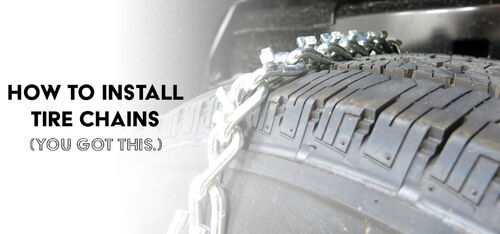
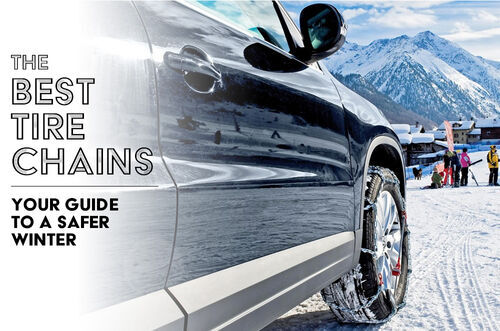
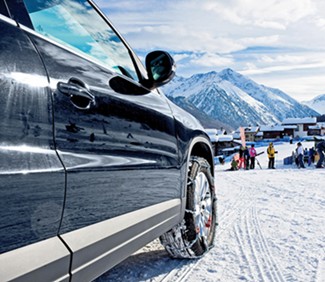
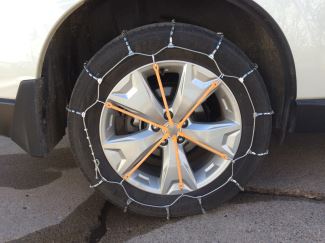
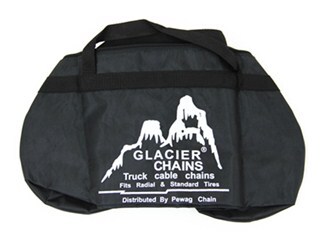


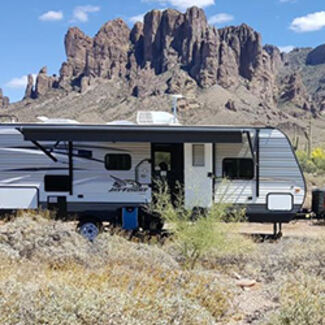














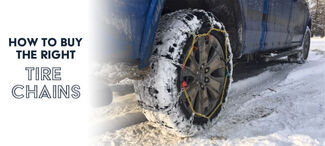










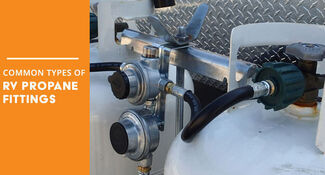
Buddy M.
1/26/2024
Your chart indicates that studded tires cannot be driven on dry pavement; that is a misleading claim at best. Nokien, a major manufacturer or studded tires thinks you can. What is your source?